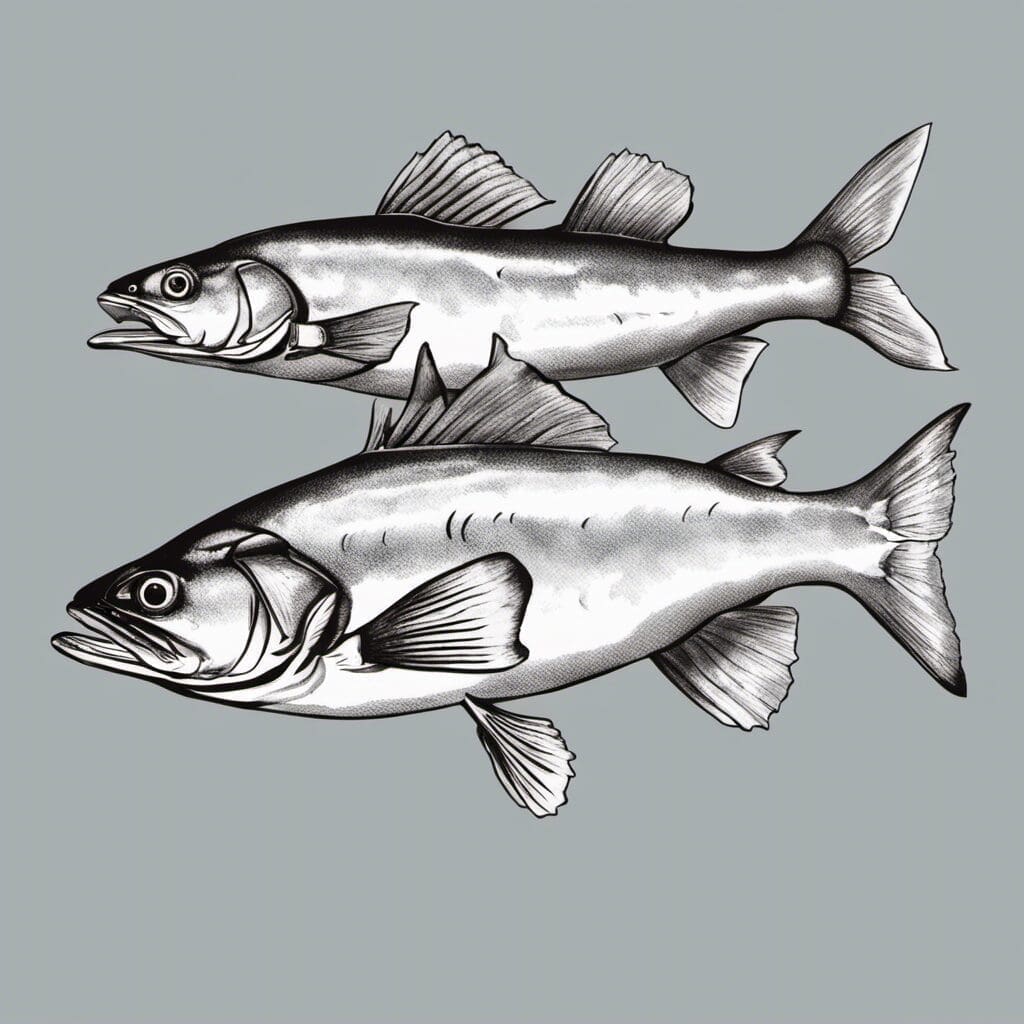Introduction
The Haddock, scientific name Melanogrammus aeglefinus, is a part of the Gadidae family. Known for their distinctive black line running along their white lateral side, they are a popular catch for both commercial and recreational fishers.
Conservation Status
The current status of Haddock is “Least Concern” as per the Global Conservation Status. Conservation efforts are in place to prevent overfishing and maintenance of their species’ population.
Statistics
| Statistic | Average | Range |
|---|---|---|
| Length | 70cm | 30-90cm |
| Weight | 2kg | 1-3kg |
| Average Lifespan | 10 years |
Distribution
Haddocks have a wide distribution across the Northern Atlantic Ocean. They are abundant in the waters around Canada, Norway, Iceland, and the United Kingdom. These fish do not typically migrate but may move closer to the coastal areas during hatching seasons.
Habitats
Haddocks prefer the cold waters of the Northern Atlantic and are typically found in depths of 40-133m. They survive in a temperature range of 2-10°C.
When and Where to See
The best times to see Haddocks are generally during their mating season which is between January and June, typically during the early morning or late evening.
Best Fishing Locations
Some of the top fishing locations for Haddocks include:
- The North Sea
- Norwegian Sea
- Icelandic waters
- Off the coasts of Canada and the United Kingdom
How to Catch
The most effective bait for catching Haddock include worms, squid, and shellfish. Usual fishing techniques such as bottom fishing and jigging works well.
Identification Guide
Haddocks are easy to identify with their white lateral side with a distinguishable dark black line. A slight variation of greenish and grayish color can be seen on their dorsal side.
Culinary
Haddock is a popular white fish, traditionally used in British fish and chips. The meat is lean, with a mildly sweet taste, and can be cooked through baking, broiling, frying, and grilling.
Additional Information
Haddocks feed primarily on small invertebrates and fishes. Natural predators include larger carnivorous fishes and human-induced threats are mainly overfishing and pollution.
References and Further Reading
For further reading, refer to books and online articles on the life and habits of Haddocks, scientific research papers, and conservation reports

